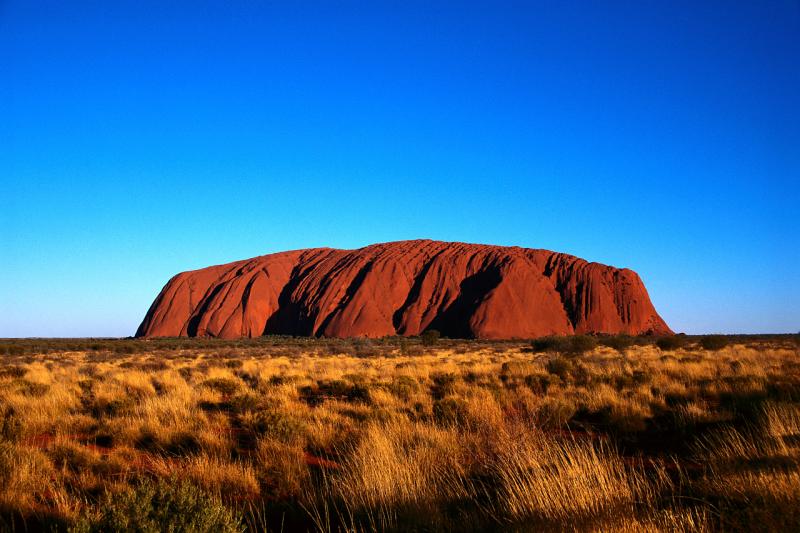
Australia Focus- Understanding The Indigenous
by Sean Mahon
The common misconception in regards to the Indigenous peoples of Australia is that the phrase applies exclusively to the Aboriginal community, without inclusion of the Torres Strait Islanders counterpart. The term Indigenous Australian was devised as an amalgamating summation of both the native Aboriginal people, and those of Torres Strait Islander descent, and conceives the notion that both qualify as indigenous Australians despite many cultural and historical differences.
The Geographical distinction is owed much to these differences. The Eastern Torres Strait Islanders for example, speak a Papuan language and have genetic links to the Papuan people of New Guinea. This is opposed to Aboriginal Australians who are known to have spoken more than 250 alternative languages prior to European arrival, and their most densely populated areas were in the Southern and Eastern regions of Australia. The Torres Strait Islands themselves are comprised of over 100 islands in total and are found scattered in the waterway separating far Northern Australia’s Cape York Peninsula and the Island of New Guinea.
Indigenous Australians are believed to have migrated from Africa to Asia around 70,000 years ago and moved on to Australia 20,000 years afterwards although some place their arrival at around 80,000 years prior to European settlement. They mainly lived as hunter-gatherers and began as a mobile race, shifting abode to mirror that of the animals which they preyed upon and to fit the season and climate which provided the most arable land. There were some permanent settlements amongst Aboriginal Australians however, where having a stagnant ground for agriculture was tantamount to their survival.
Today the total indigenous population is figured to be around 458,520, only 2.4% of Australia’s total, of whom 90% confirmed to be Aboriginal and 10% claimed to be Torres Strait Islanders or of both Torres Strait and Aboriginal descent. As the majority of Indigenous Australians are now an urbanised demographic, it becomes a pressing governmental matter to splice them into modern Australian society, and In an attempt to improve the lives of indigenous Australians the Council of Australian Government has kick started a campaign called Closing the Gap. Their aim is to introduce better education for Indigenous Children, and look to halve the gap between them and the average Australian in numeracy, literacy and reading achievements within the next ten years. Another target is to instil better homes, economic participation, and safer communities.
The restrictions on rights and privileges of Indigenous Australians has loosened its grip over time and in 1962, Commonwealth legislation specifically gave Aboriginal people the right to vote in Commonwealth elections. Disregarding the crass, ignorant perception of the wordindigenous (which would perhaps see an indigenous vote being placed by a hand print), it is undeniably apparent that indigenous people are shedding their stereotype, and continue to advance and contribute to modern society, especially when you consider the advancement of their political disposition. Two Indigenous Australians have now been elected to the Australian Senate (Neville Bonner and Aden Ridgeway) and a number of indigenous people represent electorates at state and Territorial level.
It is a long way from spear wielding tribes and scant clothing stitched with nothing but foliage as now the term Indigenous Australian loses its significant social weight and becomes nothing more than a proud lineage and heritage, instead of an obtuse, unsophisticated way of living.
Share this article:


















